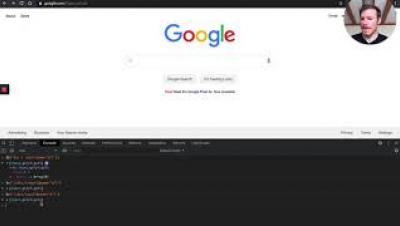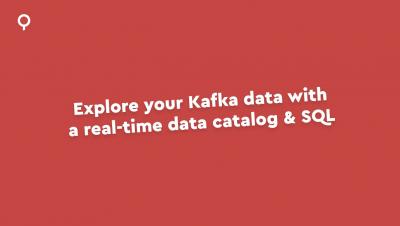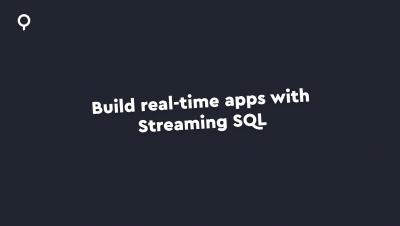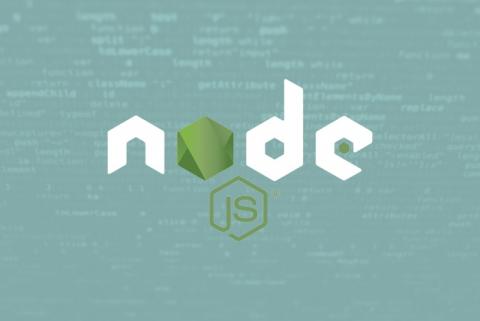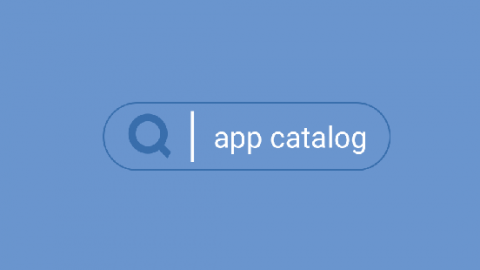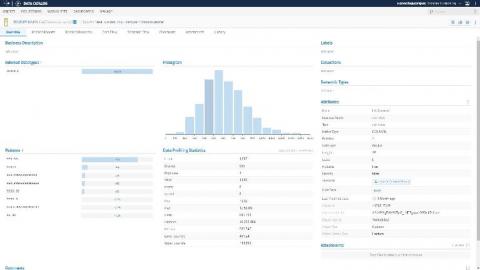Systems | Development | Analytics | API | Testing
%term
Navigating & Querying Apache Kafka with SQL
Build real-time apps with Streaming SQL
Everything You Can Learn from Your Google Analytics Audience Overview Report
Node.js Architecture and 12 Best Practices for Node.js Development
Even though only 11 years old, Node.js has emerged to be one of the most popular web development frameworks in the last decade. I’m a big Javascript fanboy, and thanks to Node.js, I can write Javascript code outside the browser to create server-side web applications that are non-blocking, lightweight, fast, robust and scalable.
Using Helm to Improve Software Understandability
As new advances in software development have allowed developers to increase their velocity and push out new software at ever increasing speeds, one less measured metric is software understandability. Although it probably seems obvious, when building new software the goal should always be to build software that is as simple and easy to understand as possible.
Introducing the Apache Kafka App Catalog
Working with Apache Kafka and real-time applications comes with challenges. Visibility into the deployed applications and their dependency on what we call the “data fabric” is one of them (For the sake of this blog, it means Kafka and all its state and configuration). If you’ve built a multi-tenant real-time data platform with Kafka, where teams are deploying applications outside your jurisdiction, this is where the pain is particularly acute. It goes something like this.
The best of Kafka Summit 2020
After a self-isolated and event-free spring, some of us around the world welcomed a more promising summer. You might be taking some time away on a socially distanced holiday. You might be taking some time away from the day-to-day at home. But if a cold beer in the sun isn't enough to make up for these difficult months, the premier event for the Streaming Data Community is back! Kafka Summit has gone virtual this year and that means you can attend the event from anywhere.
Talend Data Fabric August '20 release: Expanding cloud capabilities to meet the needs of today's data citizens
Talend is excited to announce the latest improvements to Talend Data Fabric, including expanded cloud capabilities, in our August ’20 release. Talend now offers Talend Cloud Data Catalog hosted on either AWS or Azure platforms. It provides the same great features and functionality as our on-premises solution but with no on-premises installation for a complete SaaS solution for data governance.
Data for Enterprise AI: at the very forefront of innovation
2020 may well go down as the year where what seems impossible today, did become possible tomorrow. It’s been a year filled with disruption and uncertainty. One day we were all going to the office, and the next we were working from home. Businesses had to literally switch operations, and enable better collaboration and access to data in an instant — while streamlining processes to accommodate a whole new way of doing things.


